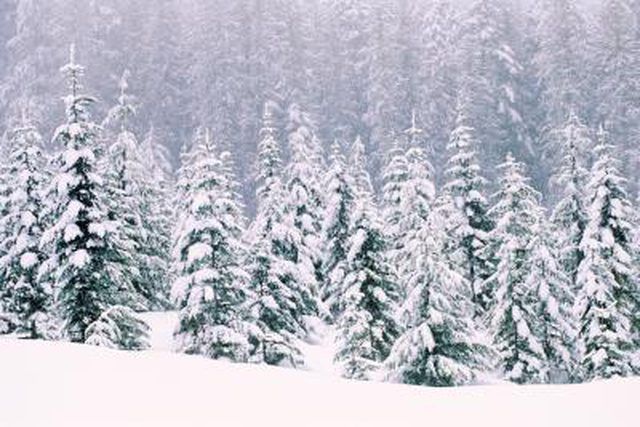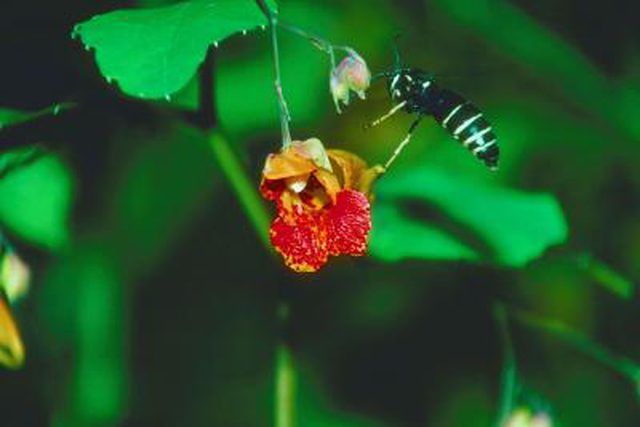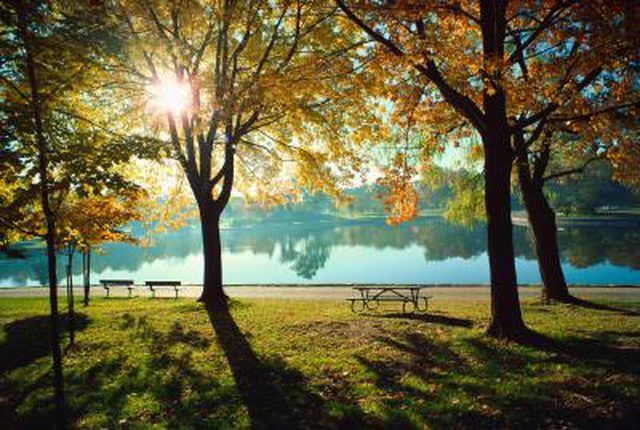Bulbs
Flower Basics
Flower Beds & Specialty Gardens
Flower Garden
Garden Furniture
Garden Gnomes
Garden Seeds
Garden Sheds
Garden Statues
Garden Tools & Supplies
Gardening Basics
Green & Organic
Groundcovers & Vines
Growing Annuals
Growing Basil
Growing Beans
Growing Berries
Growing Blueberries
Growing Cactus
Growing Corn
Growing Cotton
Growing Edibles
Growing Flowers
Growing Garlic
Growing Grapes
Growing Grass
Growing Herbs
Growing Jasmine
Growing Mint
Growing Mushrooms
Orchids
Growing Peanuts
Growing Perennials
Growing Plants
Growing Rosemary
Growing Roses
Growing Strawberries
Growing Sunflowers
Growing Thyme
Growing Tomatoes
Growing Tulips
Growing Vegetables
Herb Basics
Herb Garden
Indoor Growing
Landscaping Basics
Landscaping Patios
Landscaping Plants
Landscaping Shrubs
Landscaping Trees
Landscaping Walks & Pathways
Lawn Basics
Lawn Maintenance
Lawn Mowers
Lawn Ornaments
Lawn Planting
Lawn Tools
Outdoor Growing
Overall Landscape Planning
Pests, Weeds & Problems
Plant Basics
Rock Garden
Rose Garden
Shrubs
Soil
Specialty Gardens
Trees
Vegetable Garden
Yard Maintenance
What Happens to Wasps in Winter?
What Happens to Wasps in Winter?. Social wasps can be a huge nuisance when they emerge just at the time of year people start spending more time outdoors. As well as imposing on our summer picnics, a great source of annoyance is when they find their way into houses and build their large paper nests. Many people don't actually realize they are hosts...
Social wasps can be a huge nuisance when they emerge just at the time of year people start spending more time outdoors. As well as imposing on our summer picnics, a great source of annoyance is when they find their way into houses and build their large paper nests. Many people don't actually realize they are hosts to a nest until much later in the year when the nest is empty. This begs the question, "Where do wasps go in winter?"

The most common typical North American wasps are yellowjackets and paper wasps. These are social species and therefore live and work within a social structure, with every colony member having a role. The queen will emerge in spring and lay eggs in the small paper nest she has built. The larvae grows until it pupates and forms infertile female worker wasps and sting-less males. They immediately set about expanding the nest and taking care of the queen.

By summer the numbers of the colony will be in the thousands, with the amount increasing due to the queen remaining inside the nest, producing more reproductive cells. This leads to the birth of more queens and males who remain in the nest to be fed by the workers. The adult reproductives eventually leave their parent colony to mate. The males will die not long after mating and by the fall, with the decreasing temperatures, the majority of workers will also have died outside the nest.

The original queen "foundress" of the nest will also die come the fall. The new fertilized queens, however, build up fat reserves to overwinter. This means they are able to survive the harsher conditions by sheltering inside tree crevices or human dwellings. They reappear again in April or May and go in search of an ideal new location to begin the whole process again. Wasps will never reuse a previous nest.

Wasp colonies found in tropical and sub-tropical climates are likely to live slightly longer than those found elsewhere. The weather in spring, the start of the cycle for wasps, plays a crucial part in a temperate colony's speed of development, so in areas with a warm year-round climate it is likely to prolong the season by a month or two. There have been reports of entire wasp colonies surviving winter but this is exceptionally rare.
